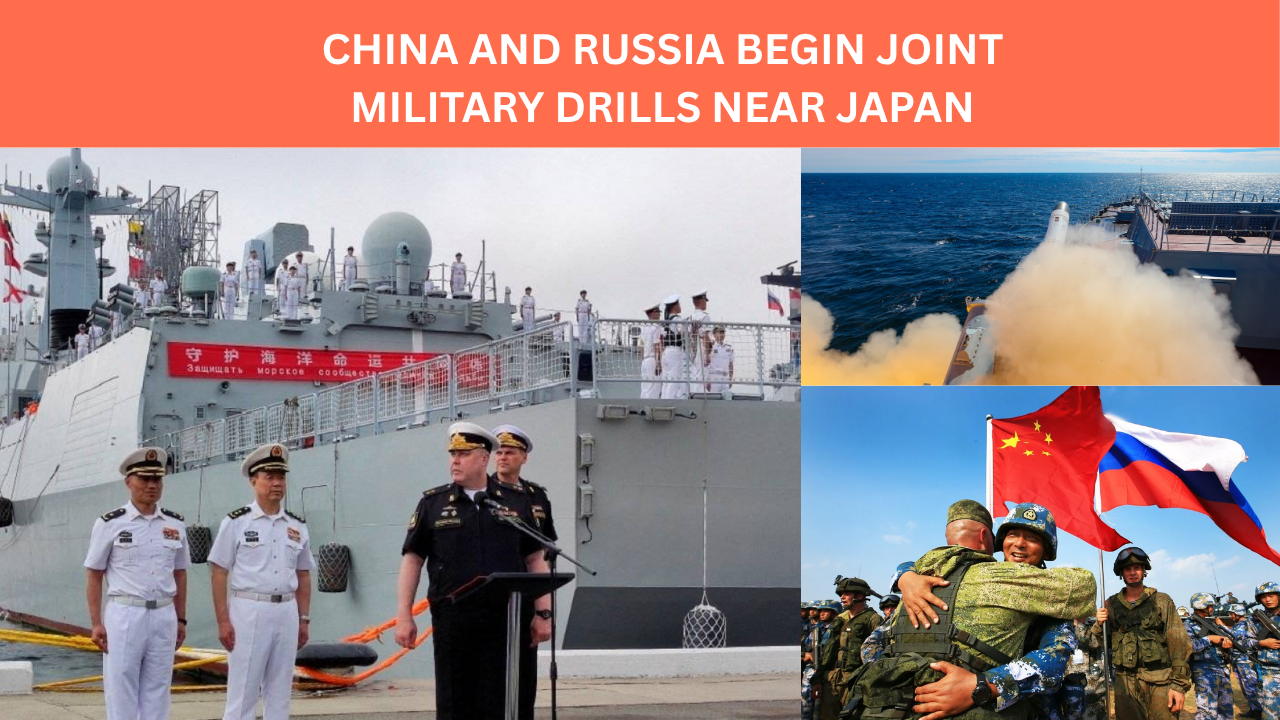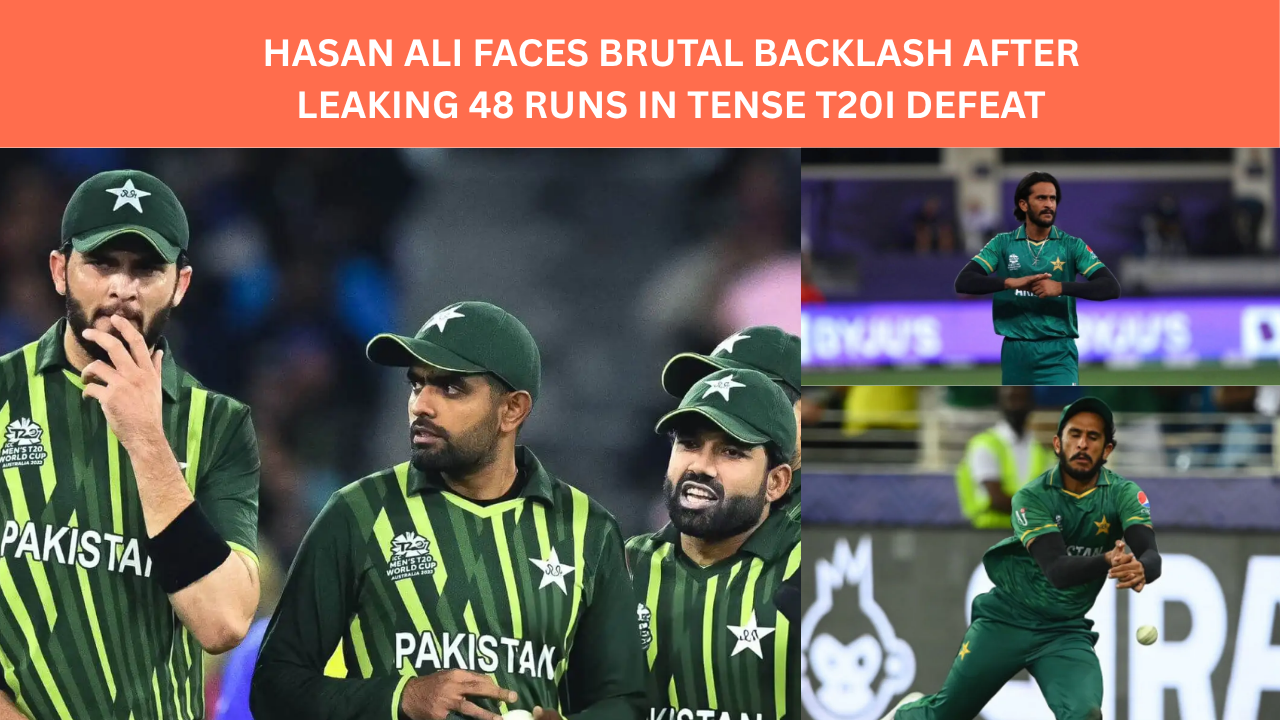
China and Russia Begin Joint Military Drills Near Japan — A Message Echoing Across the Pacific
Published: August 4, 2025 | 02:39 PM IST
By Snikio News Desk
Some things in geopolitics don’t need to be shouted. They just need to be shown — and this weekend, the seas near Japan spoke louder than words.
In a coordinated display of muscle and message, China and Russia have kicked off joint naval exercises right off the coast of Japan. Dubbed “Joint Sea-2025,” the drills are being held near Russia’s eastern port city of Vladivostok and will continue for three days. It’s the kind of operation that sets radar beeping in more ways than one.
But this isn’t just about practicing submarine rescues or anti-missile drills — though those are on the checklist. This is about politics, posture, and partnership.
A Decade of Drills, A Sea of Signals
These joint military exercises have been going on since 2012 — but this year, the timing and location feel different.
Russia is still deep in its war in Ukraine. China, meanwhile, continues to play the role of the neutral friend, neither condemning Moscow’s invasion nor stepping in to stop it. And while the West tightens its alliances and commitments — NATO expanding, AUKUS flexing — China and Russia seem to be saying, “We’ve got our own thing going.”
Four Chinese warships, including the guided-missile destroyer Urumqi, are taking part in the exercise. Add in Russian ships, live-fire guided missile simulations, and naval warfare operations — and you’ve got a theatre on water.
China and Russia launched joint military exercises in the Sea of Japan and the Pacific amid growing tensions with the US in the region.
— Press TV 🔻 (@PressTV) August 3, 2025
Follow: https://t.co/mLGcUTS2ei pic.twitter.com/CGF5NCm5T3
According to China’s Ministry of Defense, the focus of these drills includes:
- Joint air defense and missile interception
- Anti-submarine warfare
- Submarine rescue ops
- General naval combat coordination
But behind all those tactical terms is a strategic whisper growing louder: “We’re watching the Pacific too.”
Post-Drill Patrols: The Next Chapter
When the three-day drills wrap up, both sides plan to patrol “selected areas” of the Pacific Ocean together. That means even after the headlines fade, the presence lingers — and that’s precisely the point.
This isn’t China’s backyard. It’s Japan’s. It’s the U.S. Navy’s playground. It’s an ocean where many powers jostle silently beneath the surface. And now, it’s where China and Russia are dancing in formation.
A Bond Forged in Conflict and Convenience
Since Russia’s 2022 invasion of Ukraine, the relationship between Moscow and Beijing has only grown tighter. Trade has surged, energy deals have boomed, and military ties have taken a sharper shape.
China never outright supported the invasion — but let’s be honest — it didn’t exactly distance itself either. Instead, it called for peace while criticizing Western countries for “prolonging the war” with weapons. That fence China’s sitting on? It’s slowly starting to tilt East.
A Growing Concern for the West and Japan
These drills are raising eyebrows in Tokyo, Washington, and beyond. Not because of what’s happening right now — but what could happen next. With the Taiwan Strait heating up, U.S.-China tensions simmering, and Russia eager to show it’s not isolated, these joint actions aren’t just drills. They’re declarations.
Japan, in particular, finds itself in a uniquely tense spot. While it remains a key U.S. ally, it’s also geographically vulnerable — the drills happening uncomfortably close to home.
In a World of Blocs, Lines Are Being Drawn
Military exercises don’t start wars — but they remind the world that wars don’t always start with bullets. Sometimes, they start with messages. Quiet ones. Flashy ones. Ones that sail past your coastline at dawn.
And as China and Russia move in sync, conducting missile intercepts and submarine rescues side-by-side, the world watches — not just what they’re doing, but what they’re becoming.
FAQs – Reporter’s Corner
Why are these drills near Japan significant?
It’s about location. Holding exercises near Japan sends a message to the West, especially the U.S. and its Indo-Pacific allies. It’s a form of power projection — subtle, but loud.
Is this the first time China and Russia have done this?
Not at all. These joint military drills have been happening since 2012. But the 2025 version stands out due to its timing and proximity to regional hotspots.
Are these drills a response to NATO or the West?
That’s what many analysts believe. While not explicitly stated, the increasing frequency and intensity of these drills mirror rising tensions between China-Russia and Western powers.
Is China officially supporting Russia in the Ukraine war?
No, not openly. China claims to be neutral but hasn’t condemned the invasion. It criticizes the West for supplying weapons and prolonging the war, raising eyebrows globally.
What happens after these drills?
Both countries plan to continue joint naval patrols in the Pacific Ocean — which could mean more tension in already contested waters.
Could this affect India?
Not directly, but India keeps a close eye on all regional military developments. Any shift in naval dynamics in the Indo-Pacific has strategic implications for Delhi too.changes in the reported information. Readers are advised to follow government and official defense sources for the most accurate updates.
Also Read: Three Terrorists Killed, One Soldier Injured on Day 3 of Operation Akhal in Jammu and Kashmir






